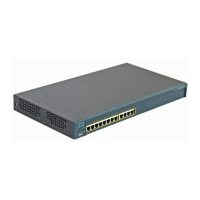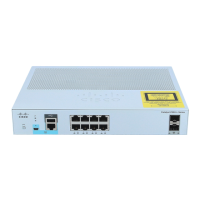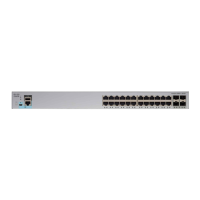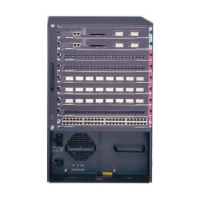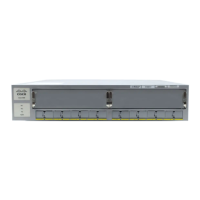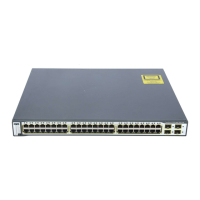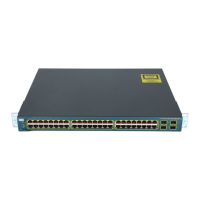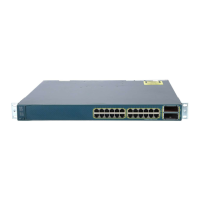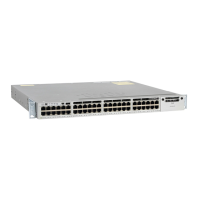Chapter 8 Configuring VLANs
Using VTP
8-16
Catalyst 2900 Series XL and Catalyst 3500 Series XL Software Configuration Guide
78-6511-05
VTP advertisements distribute the following VLAN information for each
configured VLAN:
• VLAN ID
• VLAN name
• VLAN type
• VLAN state
• Additional VLAN configuration information specific to the VLAN type
VTP Version 2
VTP version 2 supports the following features not supported in version 1:
• Token Ring support—VTP version 2 supports Token Ring LAN switching
and VLANs (Token Ring Bridge Relay Function [TrBRF] and Token Ring
Concentrator Relay Function [TrCRF]). For more information about Token
Ring VLANs, see the “VLANs in the VTP Database” section on page 8-27.
• Unrecognized Type-Length-Value (TLV) support—A VTP server or client
propagates configuration changes to its other trunks, even for TLVs it is not
able to parse. The unrecognized TLV is saved in nonvolatile RAM when the
switch is operating in VTP server mode.
• Version-Dependent Transparent Mode—In VTP version 1, a VTP transparent
switch inspects VTP messages for the domain name and version and forwards
a message only if the version and domain name match. Because only one
domain is supported, VTP version 2 forwards VTP messages in transparent
mode without checking the version and domain name.
• Consistency Checks—In VTP version 2, VLAN consistency checks (such as
VLAN names and values) are performed only when you enter new
information through the CLI, the Cluster Management software, or SNMP.
Consistency checks are not performed when new information is obtained
from a VTP message or when information is read from nonvolatile RAM. If
the digest on a received VTP message is correct, its information is accepted
without consistency checks.
